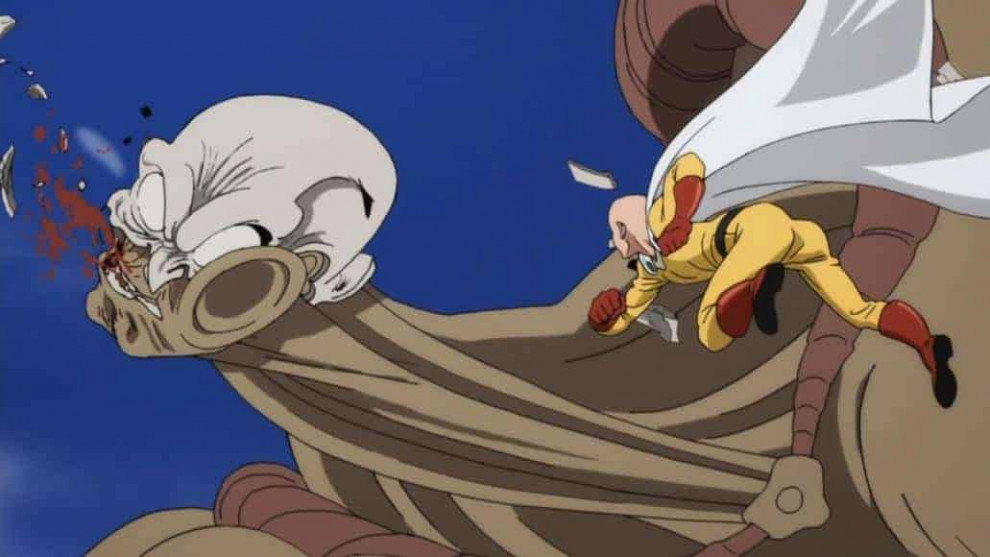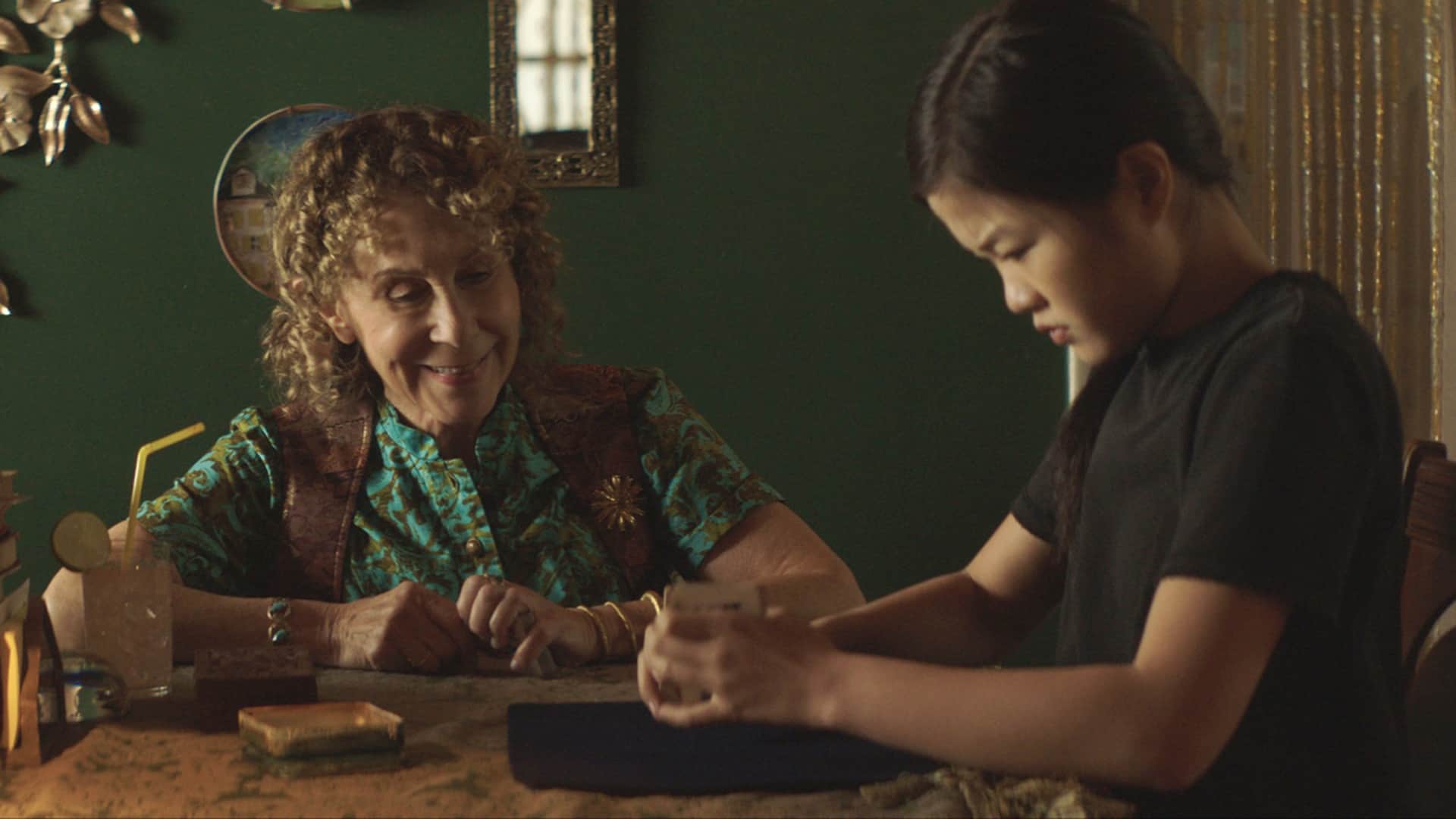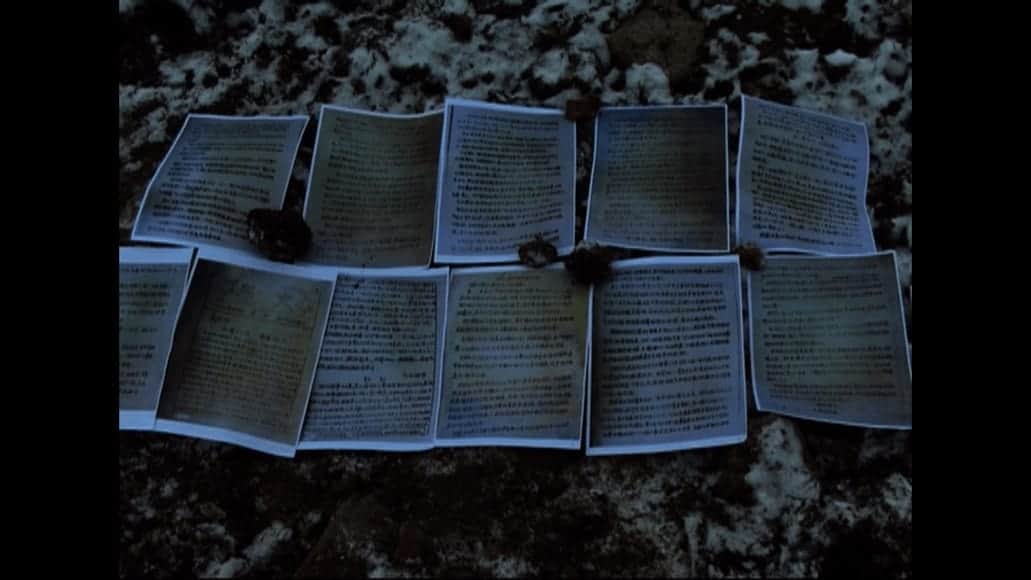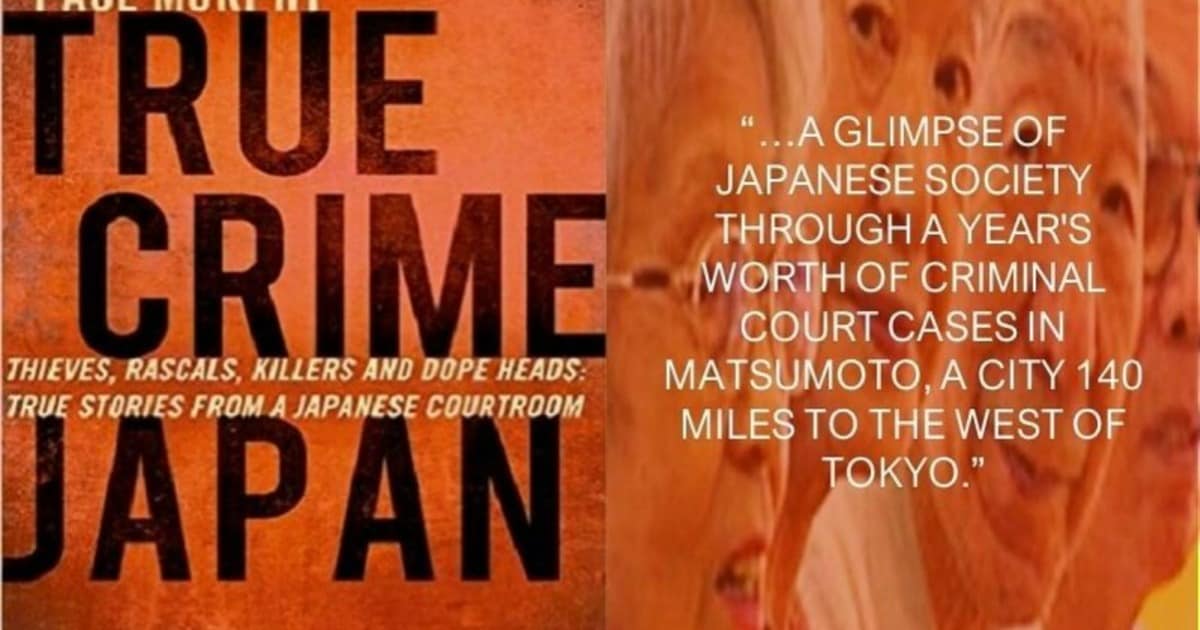Japanese creators have the uncanny ability of making nonsensical and preposterous themes and notions seem coherent, and in the process creating very entertaining titles. This tendency becomes quite evident in some of the anime series of the latest years, as the “Monogatari” series, “Kill La Kill” and “Assassination Classroom.” “One Punch Man” is also a distinct example of the tendency.
The anime is based on the homonymous, ongoing web comic by One, which begun publication in 2009. In 2012, Viz Media remade it into an extremely successful manga that sold over 4,5 million copies by 2014, and in 2015, Madhouse produced the anime series, which consists of 12 episodes.
Buy This Title

The script revolves around Saitama, a human so strong that can vanquish any kind of enemy comes his way with just a single punch. And living in City Z, where monsters appear frequently to cause disasters, he has plenty of chances to do so. However, since the enemies he encounters give him no challenge at all, he has become very bored with his life, while, at the same time, he wishes that his abilities and deeds would bring him some attention from the general public. His life changes when he meets Genos, a cyborg who idolizes him and eventually forces his way into his life by becoming his disciple. At one point, Genos suggests to Saitama to enroll to the Hero Association, in order to draw attention and gain official recognition as a hero. In there, the two of them meet a number of equally peculiar characters.
Apart from the obvious and original concept of a man with the strength of Saitama, there are a number of other themes and notions, that linger somewhere between parody and preposterousness. The latter includes the way Saitama has become so strong, and the various characters, like the one with homosexual tendencies who ends up naked every time he fights, or the kid whose chin is clearly shaped as a butt. As for the parody, “One Punch Man” actually mocks shonen anime in every way, and chiefly with the main hero, who instead of having to train vigorously for years to become strong, he is almighty from the beginning. The same applies to the protagonist's drawing, whom character designer and chief animator Chikashi Kubota has realizes as plain-faced as possible, in contrast to every other character of the anime, who are extremely well drawn, with much detail.
The above, however, does not mean that the battles have been neglected. To the contrary, they are very impressive, with every fight being unique and the images of catastrophe left behind by the opponents regularly looking like actual paintings. Furthermore, the animation is stunning, as is usually the case with Madhouse titles, creating scenes of unique artistry, particularly during the battles .This fact is stressed even more in the final fights, which occur during the three last episodes.
The direction is somewhat on a lower level, with Shingo Natsume's purpose being to create a sense of scale for Saitama's strength, presenting a number of huge monsters that are destroyed in one punch. The anime though, is almost totally void of any kind of suspense, apart from the final battle.
Overall, this a great title, that will satisfy those that enjoy equal portions of actions and parody, although the latter is obviously aimed at a more mature audience, since it is not of the farcical type, that titles like “Naruto” entail, but instead it demands for someone to think it through, in order to appreciate it.
















Really enjoyed this anime.